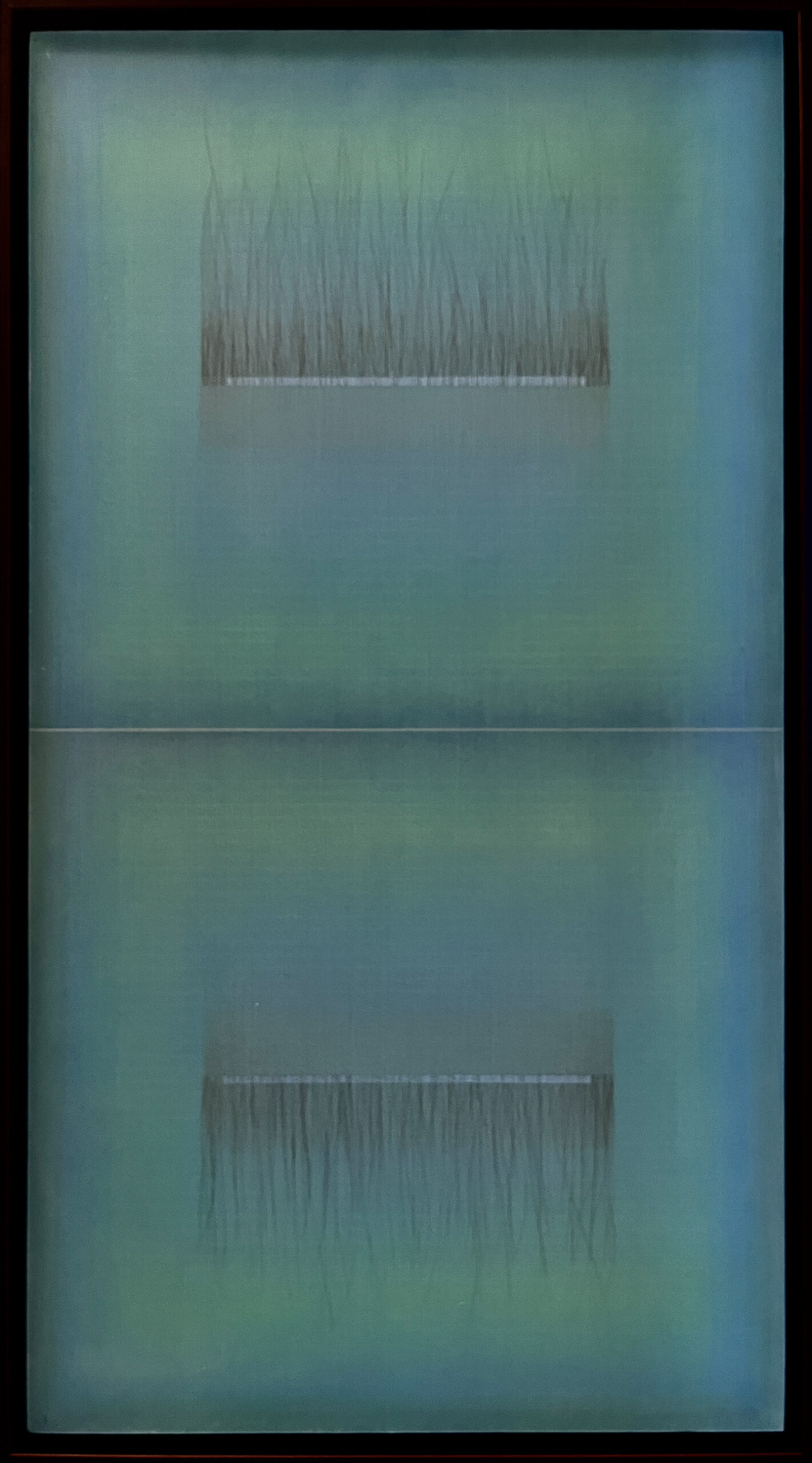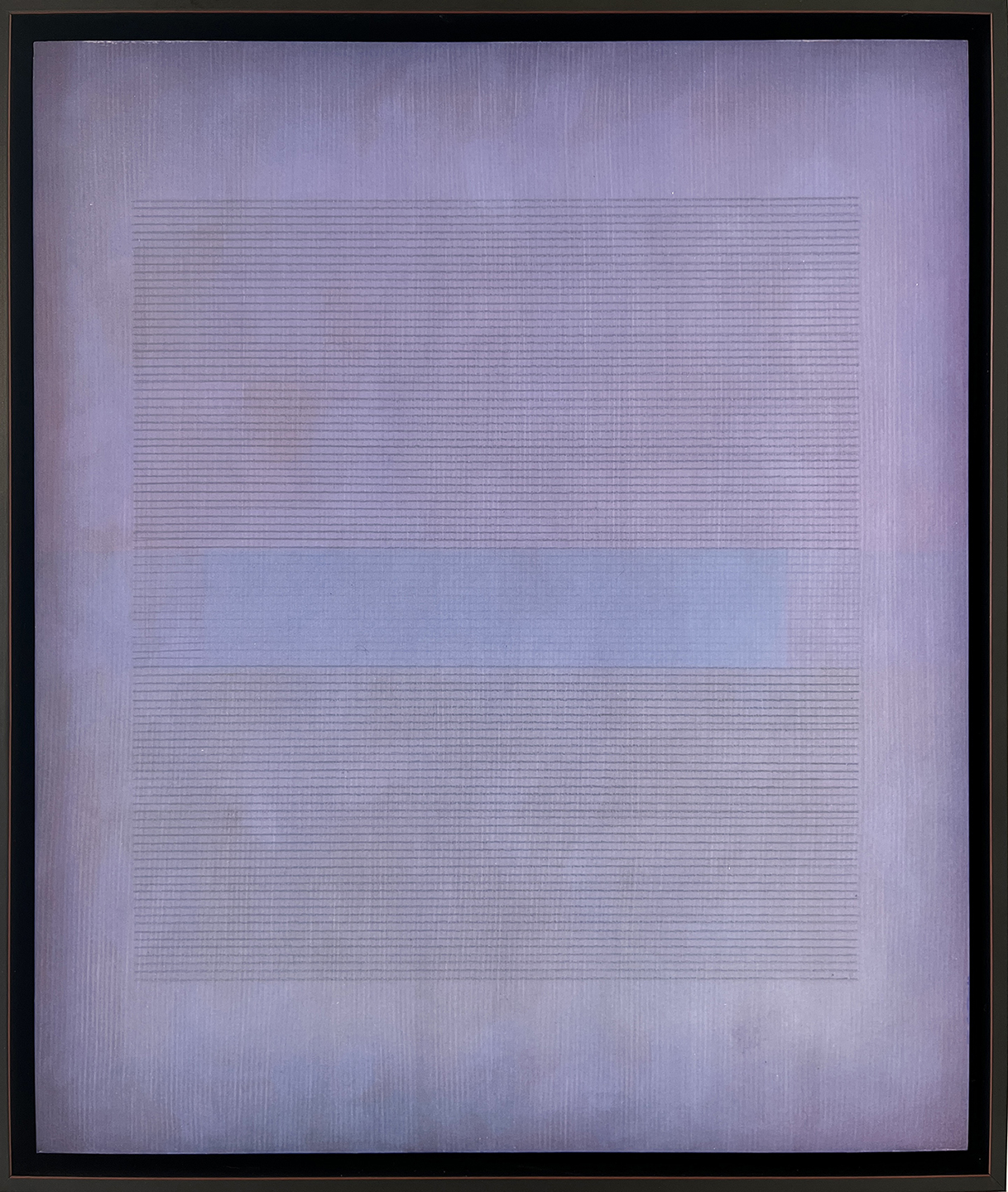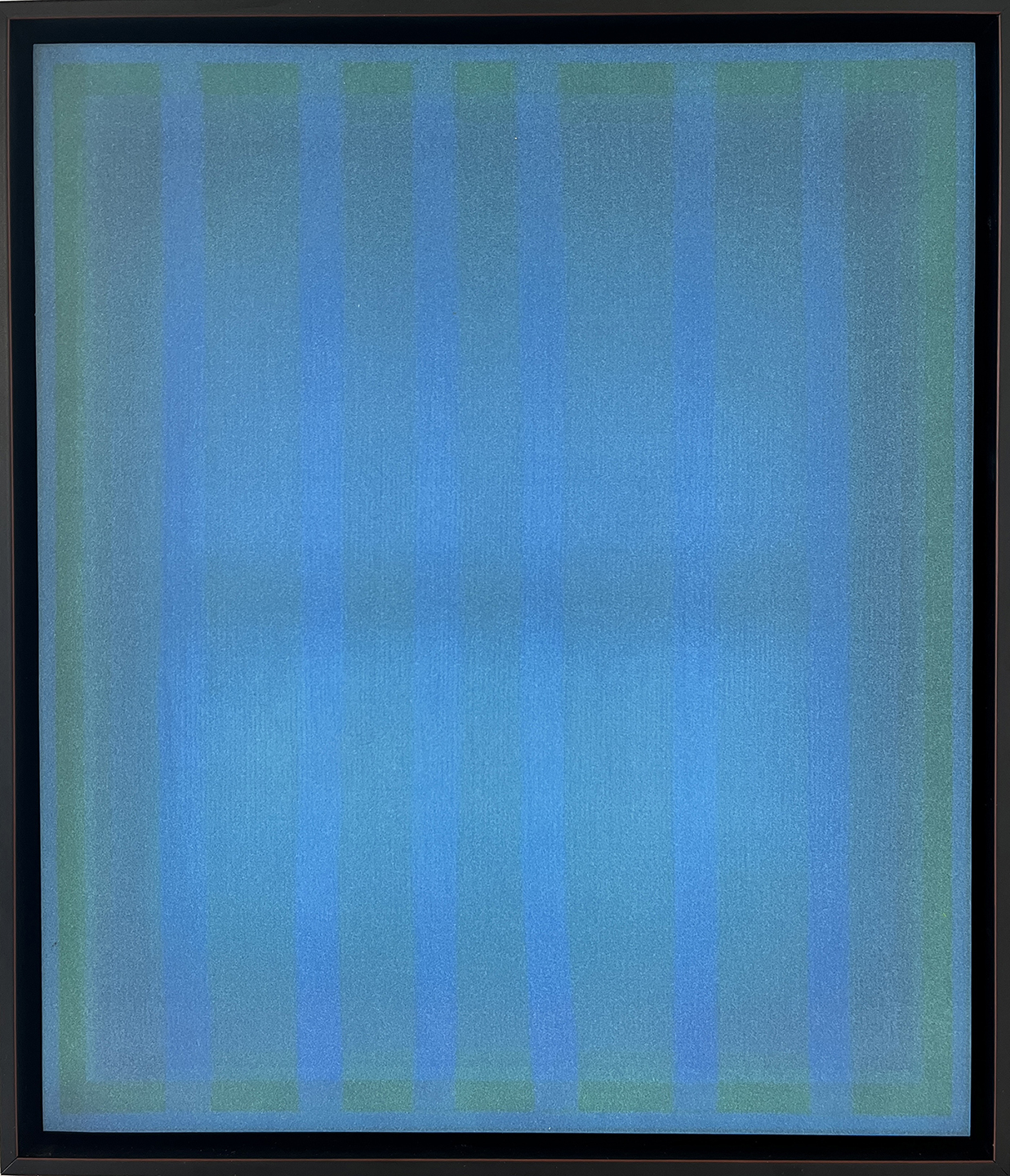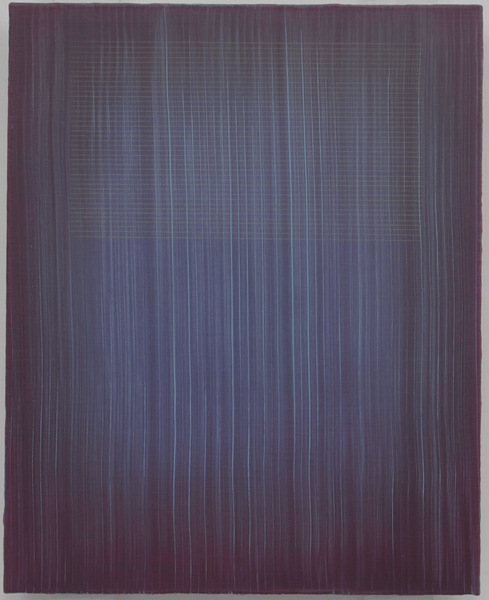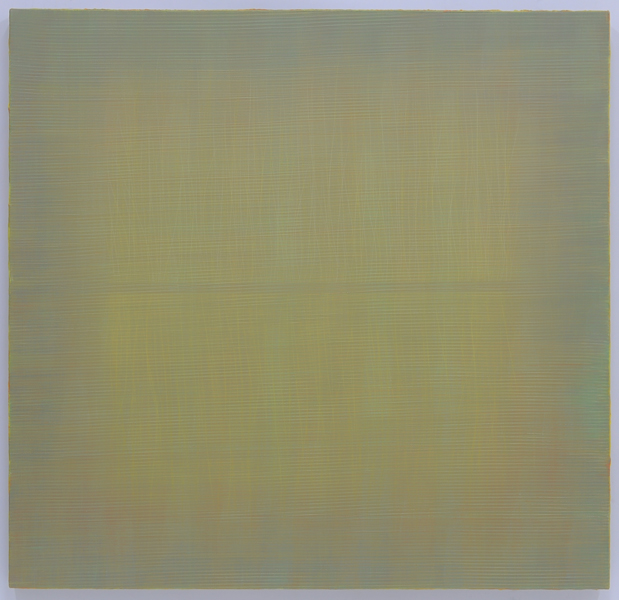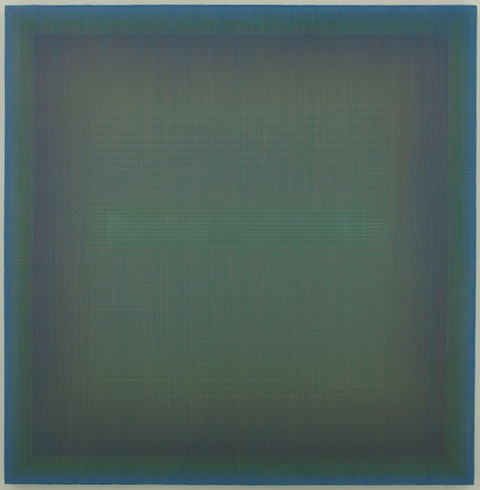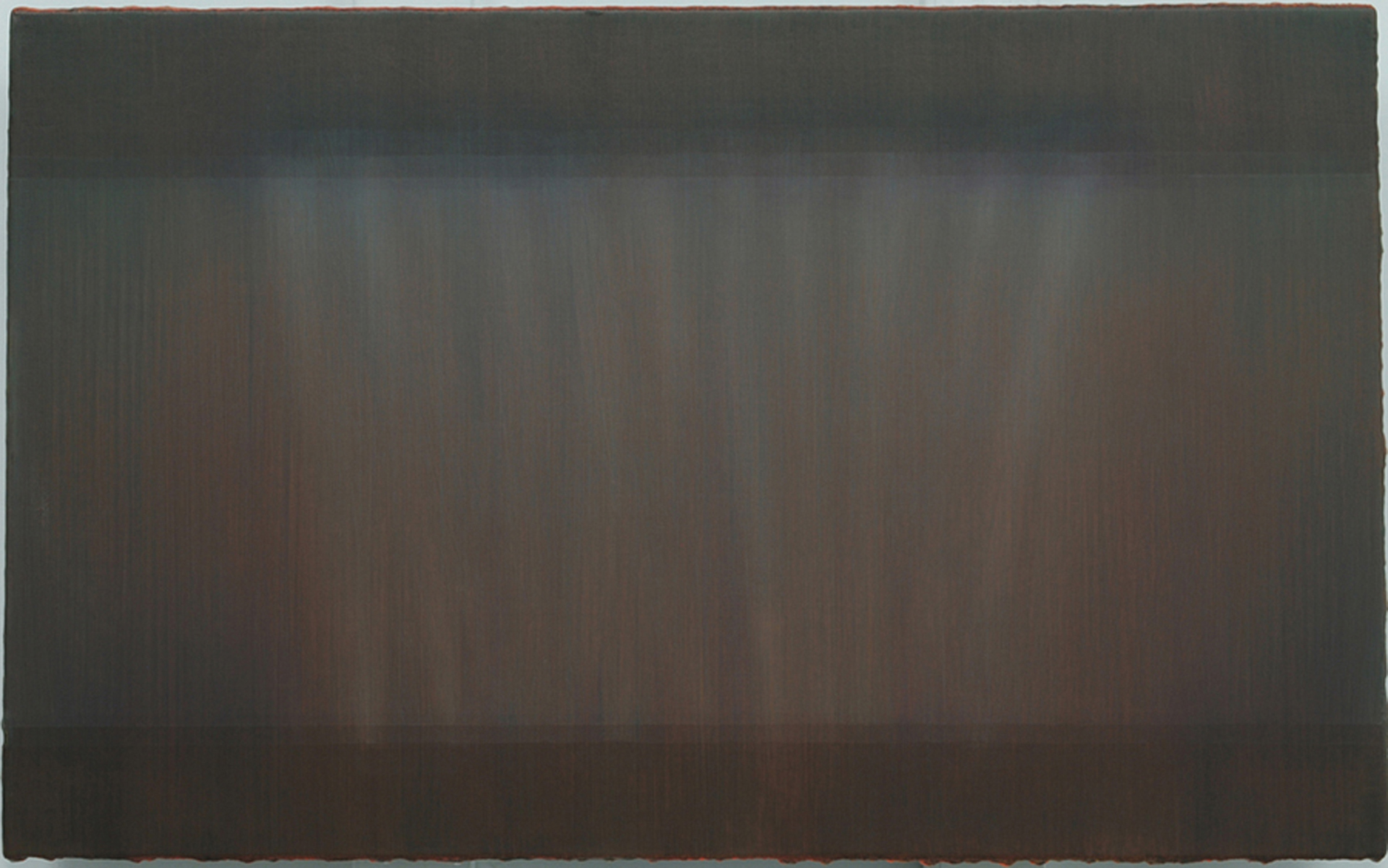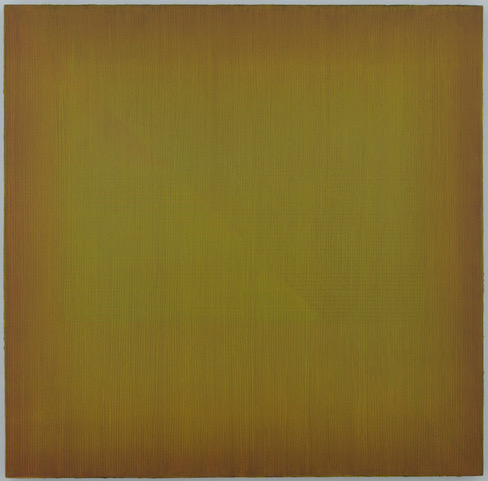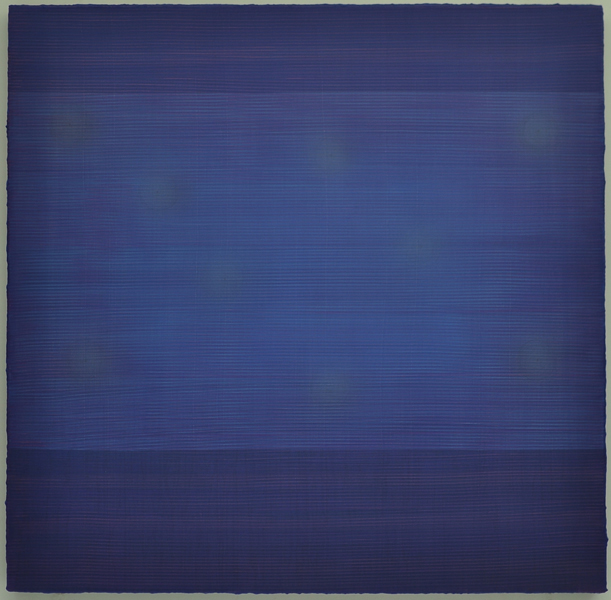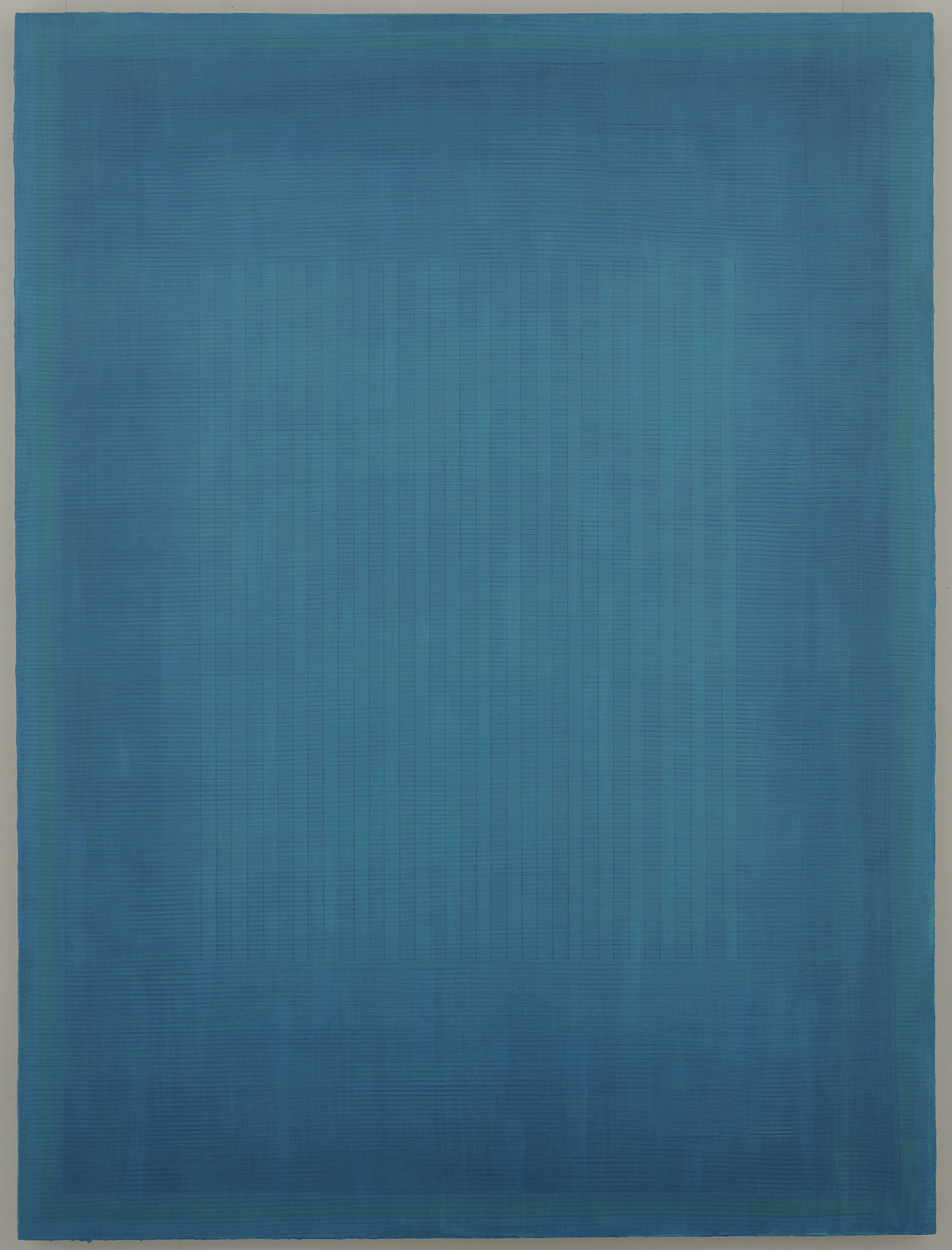Marc Ross
Marc Ross was born and raised in Cleveland, Ohio. He received his B.F.A. degree from Ohio University, attended graduate school at the University of Chica-go, and completed his M.F.A. degree in painting at Kent State University. While attending the University of Chicago, Ross was fortunate to be part of a small-group seminar led by the late art critic Harold Rosenberg which instilled in him the belief that you learn and grow as an artist through the physical act of creating your artwork.
After finishing graduate school, Ross enrolled in a private commercial art school in Cleveland to study mechanical/ technical drawing and airbrushing. He then spent many years in the commercial art field as a designer, staff illustrator for Penton Publishing and freelancer for the Cleveland Plain Dealer’s Sunday editorial page. After moving to Baltimore, Maryland, he was employed as a tech-nical illustrator and then as a faux-finish painter while continuing to develop his fine art painting. Ross also worked as an adjunct art instructor at Cuyahoga Com-munity College’s eastern and western campuses, the Columbus College of Art and Design’s Saturday program and The Ohio State University’s Foundations pro-gram. After Ross earned a degree in education from Ashland University, he taught art for sixteen years in a public high school.
Throughout the last two decades Ross has been experimenting and develop-ing a method of painting that was featured in his 2017 solo exhibit at The Butler Institute of American Art. Ross’s work has also been exhibited in numerous ven-ues, including the Cleveland Museum of Art, the Klutznick National Jewish Mu-seum of Washington, D.C., the Southern Ohio Museum, and various galleries in New York, Chicago, San Francisco, Baltimore, Washington D.C., Cleveland, Co-lumbus, and Pittsburgh. Currently he is represented by Bill Lowe Gallery in At-lanta, Geaorgia, Bonfoey Gallery and the District Gallery in Cleveland, Ohio and Art Access Gallery in Columbus, Ohio, where he now lives and works.
Growing up in Cleveland, Ohio I would often visit the Cleveland Museum of Art. While there, I was always drawn to the work of two particular artists, the spray painting of Jules Olitski and the soft atmospheric rectangles of Mark Rothko. Standing in front of their paintings, which contained no apparent imagery, instilled in me the concept of eliciting an emotional response through patient viewing. Then, as a young artist, I spent much time studying the paintings of Agnes Martin and Johannes Vermeer which are polar opposites in imagery but whose canvases both exude the visual sensation in paint of light and atmosphere. I was also fascinated by Op artists, especially the work of two Cleveland Institute of Art professors, Julian Stanczak and Richard Anuszkiewics. When viewed from a distance, their paintings appear to have beautiful blends of color, but up close those subtle blends of color are the optical affect created by hard- edged geometric shapes, each painted a slightly different color value.
Taking in all of these influences over the years, I began creating works that slowly reveal their visual nature as well as force viewers to question their perceptions as they interact spatially with the paintings. When viewed from a distance, my paintings have a luminous, atmospheric, soft optical effect obscuring surface details. When the viewer approaches the canvas for closer inspection, its phosphorescent effect retreats into the surface revealing the many subtle, intricate details that comprise the whole.
My commitment is to make artwork that runs counter to our culture’s addiction to constant technological chatter and flamboyant images that we have been conditioned to crave. I believe that as a society we are devolving to no longer value quiet time, quiet space and quiet mind. For me, creating meditative and challenging paintings to off-set today’s fast-paced, multi-tasking, app-saturated-mobile-deviced society is critical.
My gratification is in the process —the doing of it—in which every finished painting has a life and history of its own. Surfaces are built up using a variety of acrylic media, including iridescent and interference colors, applied in translucent, almost transparent layers. I often draw on the canvasses between paint applications using pastels, pencils and color pencils to affect the overall image and to shift color values. An electric sander is used to smooth out any build-up of texture and to bring forward colors and patterns obscured in previous layers. Each application of paint is lapped over the side of the canvas leaving a visual memory map for those who are willing to look around the ragged edges. In this way, I emphasize that the surface is an illusion of nothing more than paint. I see each finished painting as a metaphor for living, for as the Talking Heads questioned in their song, “Once in a Lifetime,” Well, how did I get here?


